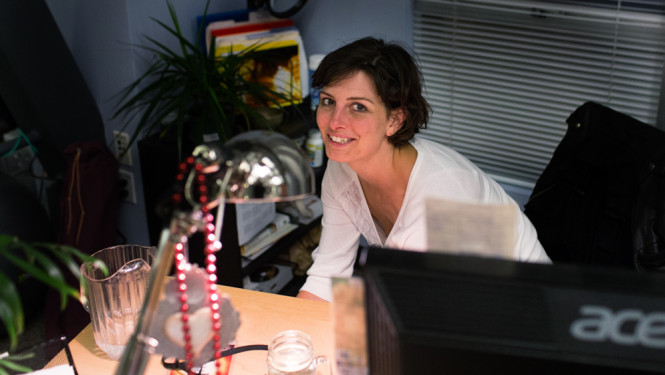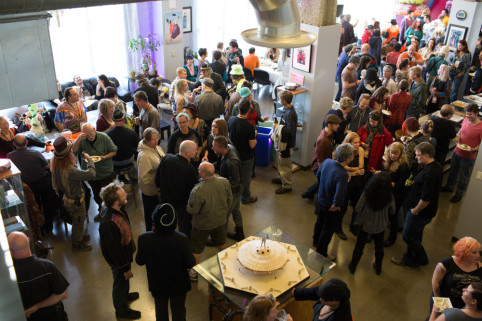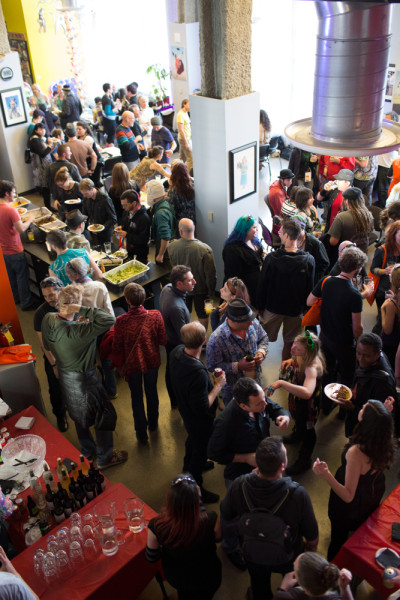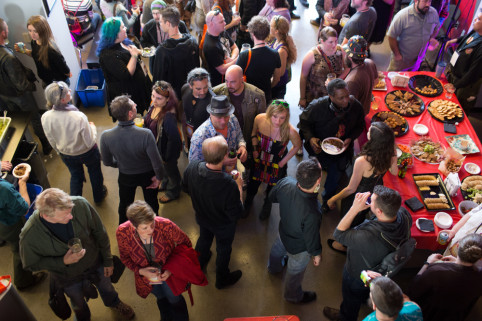
We went to our first Burning Man Global Leadership Conference event last night and of course we were very nervous and uncomfortable, because hey, Global Leadership? We are suspicious and skeptical when it comes to just about every organized movement, and we reached adulthood around the time Jim Jones took his People’s Temple to the jungle, and now here we are talking about Ten Principles and Global Leadership and all the rest of it. So what exactly is going on here? We love Burning Man, love love love, but why would people come to a conference like this? And what grand plan is the Burning Man trying to foist on an unsuspecting public? We had questions, and we muscled up our courage and went seeking answers.
Fortunately, there were cocktails, which helped immensely.
—
Maybe the first thing you need to know is that it wasn’t always like this. The esteemed and august Global Leadership Conference had humble beginnings. Very humble, as in, some of the founders went to Austin with their hats in their hands, and then they passed the hats around the room.
“We were $200,000 in debt,” Marian Goodell recalled last night on the rooftop of Burning Man headquarters in the ever-so-hip Mission District of San Francisco. “We had never had a human being ask to do something outside of San Francisco.”
The human being who asked to help was George Paap, aka Tiki, who had been staging elaborate tropical parties with flaming volcanoes and fancy umbrella drinks in Austin for some time, and he had found his way to Burning Man in 1997, where he experienced a profound sense of belonging that made him want to do more.
“I had been in a deep depression for two or three years,” he says loudly and jovially now, so jovially that it’s hard to picture him in any subdued state of mind. But he had been struggling, and Burning Man was a solace and an inspiration. So he contacted Harley DuBois with the idea of holding a fund-raiser in Austin.
“Harley sent him a book about Burning Man, and some videos,” Marian said, to help build the interest and explain what Burning Man was about. But not many people came, and only $500 was raised. But that seemingly couldn’t have mattered less. “He sent us an email apologizing,” Marian said, “because only 25 people showed up. But they drove from Dallas and Houston in a rainstorm in November. … And we cried! I’m not kidding, we cried!”

—
That was 1997. Now, 300 people have gathered in San Francisco, and no one is passing the hat. The conference is heavily subsidized by the Burning Man organization (regional leaders attend for free, and their guests pay $100; they pay their own way to get there, though, and finding a place to stay is up to them).
There are people from all over the United States attending, plus countries from around the world, including Korea, Russia, South Africa and Israel. And this event is taking place after the first pan-European Burning Man conference, which was held last month in Berlin and drew attendees from 20 nations. Global indeed.
And while there are inspirational sessions designed to light the artistic and philosophical fires, the agenda here has a strong nuts-and-bolts orientation. There are workshops and breakout sessions that include such things as “Radical Inclusion – Engaging the Unique and Distinct” and “Civic Engagement Strategies that Transform Communities” and “Building Bridges: Meaningful Community Outreach.”
“It’s not really about us,” says Meghan Rutigliano, who works in the Regional network of the Burning Man Project. “We have this space so the people who are doing the things, making it go, launching their entities, will learn and share. … That’s how this thing is going to scale, if we continue to bring these people together.
“These folks might be up for (philosophical discussions),” she says, “but at this point they’re trying to respond to the rapid growth, the rapid engagement and excitement people have about this movement. We’re trying to give them the tools.”

—
Rei Dishon is one of those people. He’s from Israel, where his nascent Burning Man regional has staged three events, this year attracting 1,700 people. “We’ve done pretty good work setting up our communications network,” he says, noting the thousands of people they’ve got on their mailings list and Facebook group. “But we need financial support to support the artists. How do you connect them with wealthy people within the network who would like to help?” And how do you train people to be Rangers? And how do you build the infrastructure? How do you manage your relations with governing authorities?
“And who’s doing those things for Africa Burn?” Deishon asks. Who’s got the same role there? … They are at 10,000 people, and we want to get there too.
“We want to connect people with different department heads. We want direct connection and less noise.”

—
Lala Boots and Cats (we admit we’re not sure of the spelling of that name) comes from Orange County in Southern California. “It’s the most depressed place, Irvine,” she laughs. How did she get to Burning Man to start with? “Matchmaker.com.” Huh?
“I met a boyfriend through Matchmaker, and then next thing I knew I was welding and building art cars,” she says. That was 2003, and she’s been to every Burning Man ever since. The boyfriend didn’t last, but Black Rock City did. “This is the longest relationship I’ve ever had.” She’s come to the Global Leadership Conference to help build community. “I came here for new experiences, and I came here to meet more amazing people.”
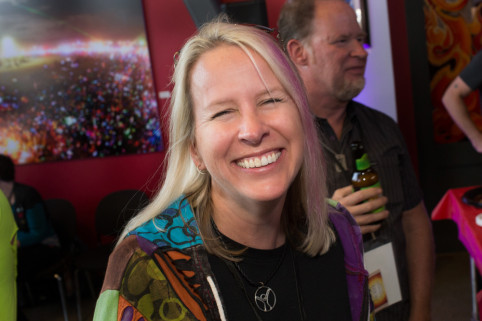
—
Melissa Kirk didn’t have to travel far to get to San Francisco, because she lives in the city of Richmond in the East Bay, which naturally has to battle being overwhelmed by the huge Burning Man presence in San Francisco. “We have a sense of ourselves,” Kirk says, “but we don’t have a sense of ourselves as a community. Arts and events are happening, but we don’t know about them.” So she’s here to learn how to grow connective tissue.

—-
We asked Larry Harvey his own self about what he hoped this weekend would accomplish. But that turned out to be the wrong way to frame the question. Because the history of this thing will be written after participants figure out what they’re going to do with it.
“Oh, it’s our duty to provide inspiration,” Larry said, “but you can’t really predict (what’s going to happen). It’s a phenomenon. … You just go and look at it.”
Larry told us a story from a recent trip to Holland, where Burning Man culture is growing fast (in fact, it’s among the top foreign countries for ticket sales, after Canada, the UK, Australia, and just ahead of Germany).
“Mike from RoboDoc took us down to the waterfront and this old historic building,” Larry said. “And he said, ‘Yeah, we squatted this place.’ Now that would never happen here. …” Then Larry launched into one of his fantastically detailed philosophical tangents and explained how Holland was the birthplace of the bourgeoisie. And we nodded our heads like we knew exactly what he was talking about, because at the time we certainly did, and then the conversation came back around to the visit to the waterfront.
“And then,” Larry said, “Mike went on to say, ‘Yeah, within a couple of weeks, the group (that squatted the building) opened a bakery.’” Larry’s eyes flashed and he got a little more excited. “Now that’s anarchia that’s working!’’
And there you have your neat little sound bite summation for what’s going on here at the Global Leadership Conference in San Francisco. Anarchia that’s working.


